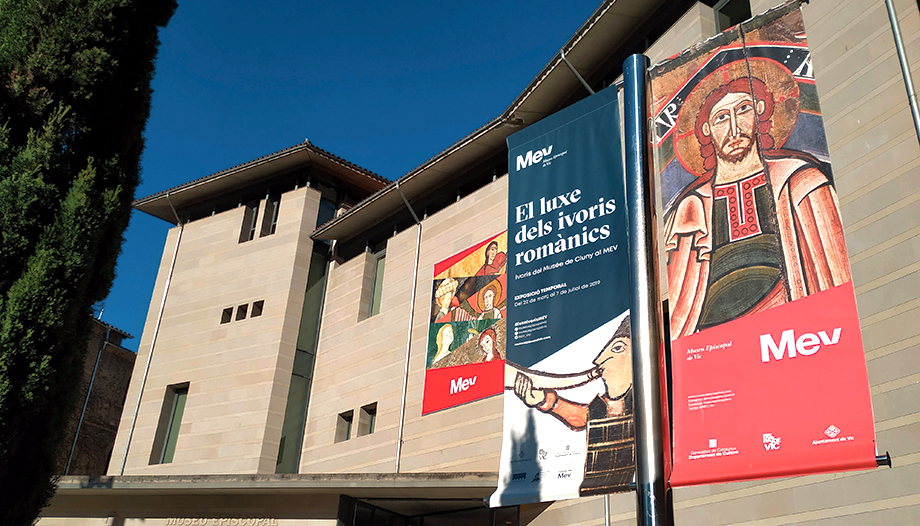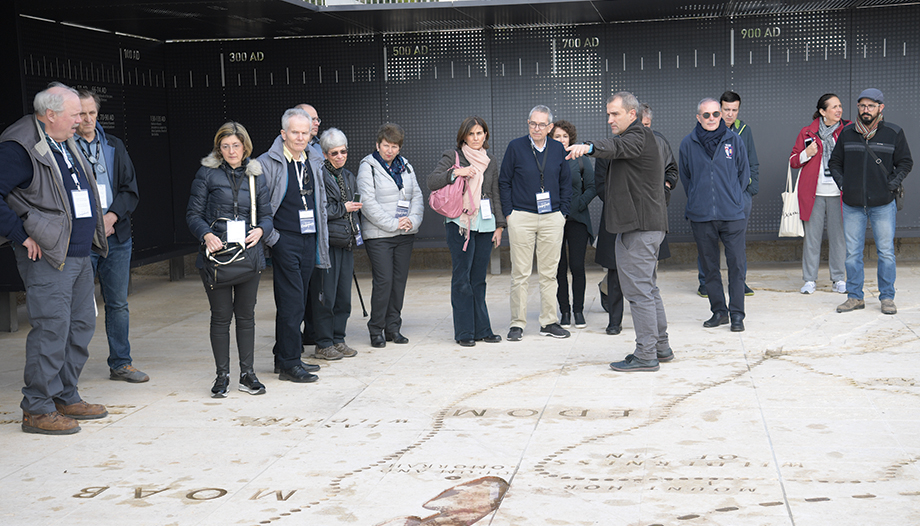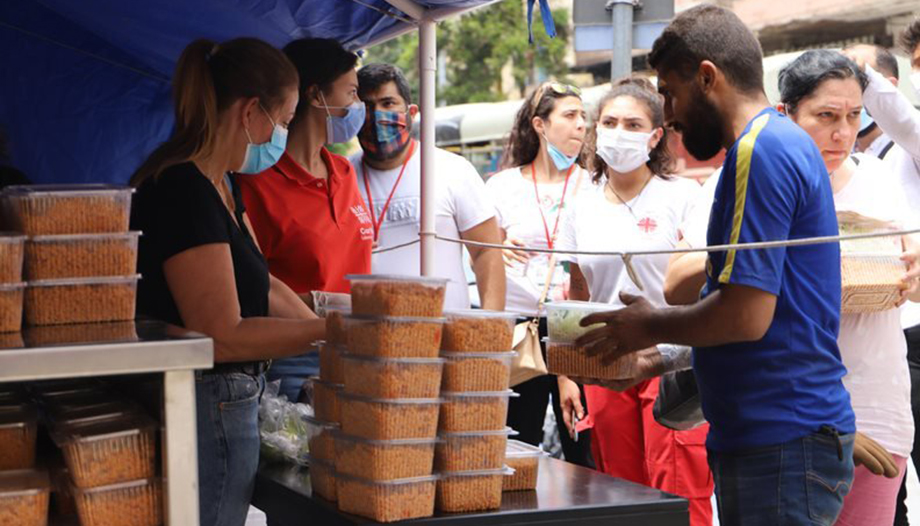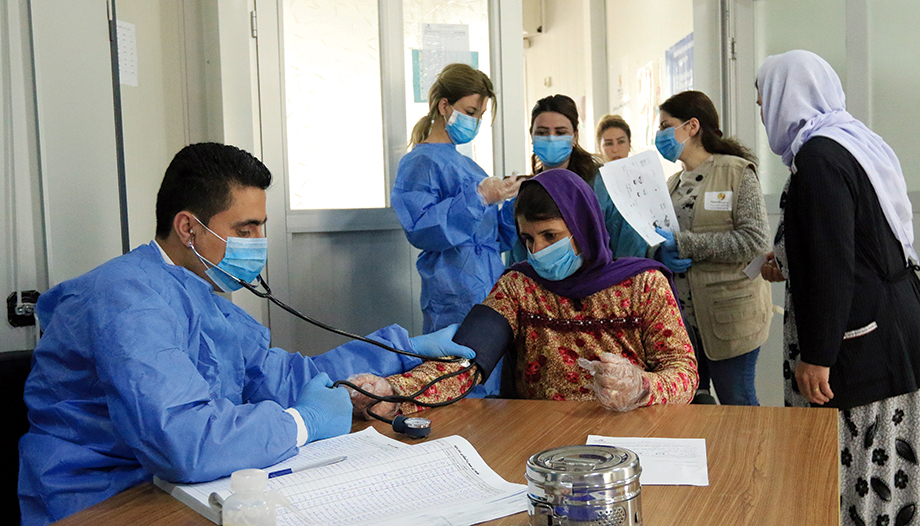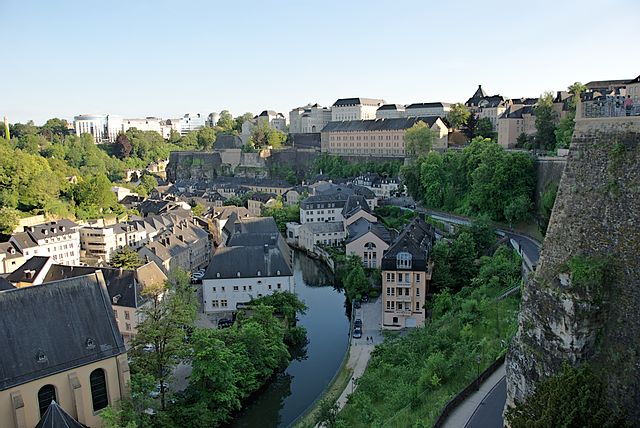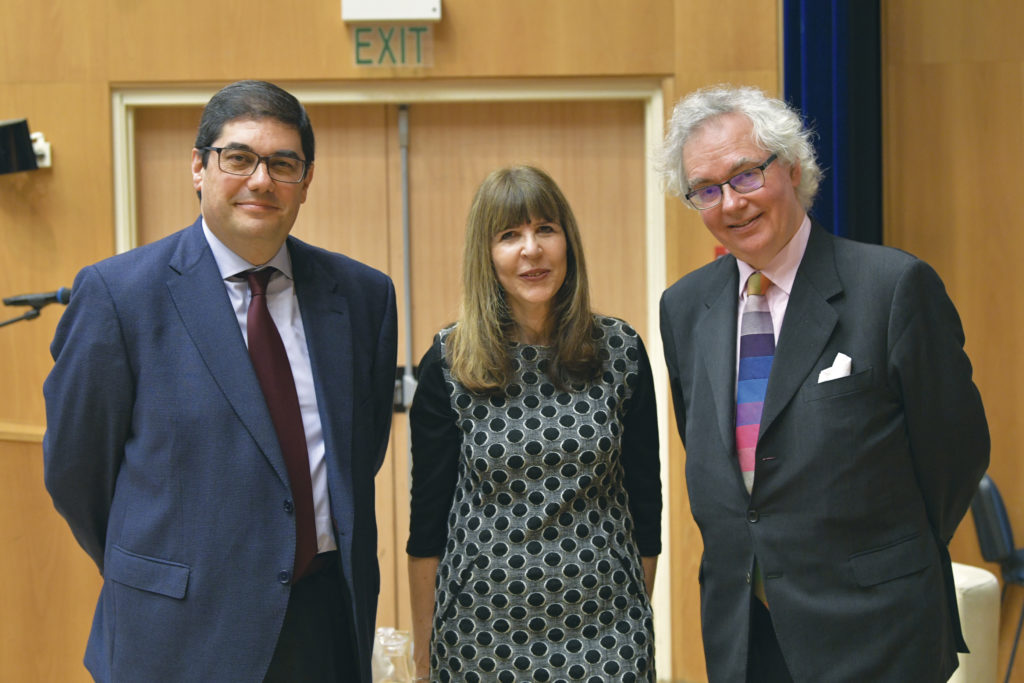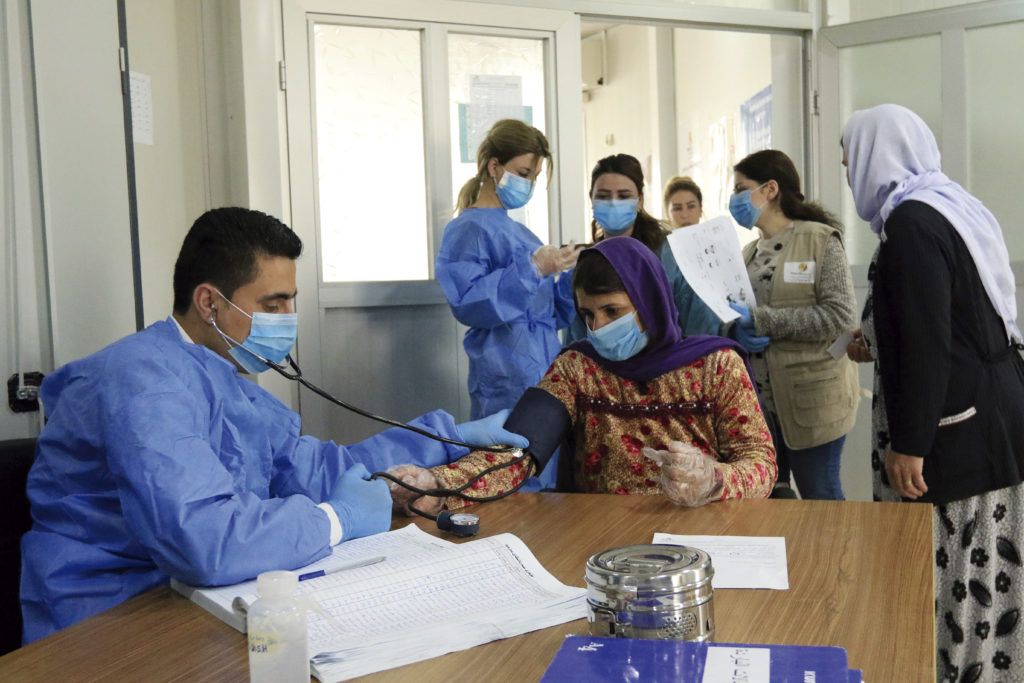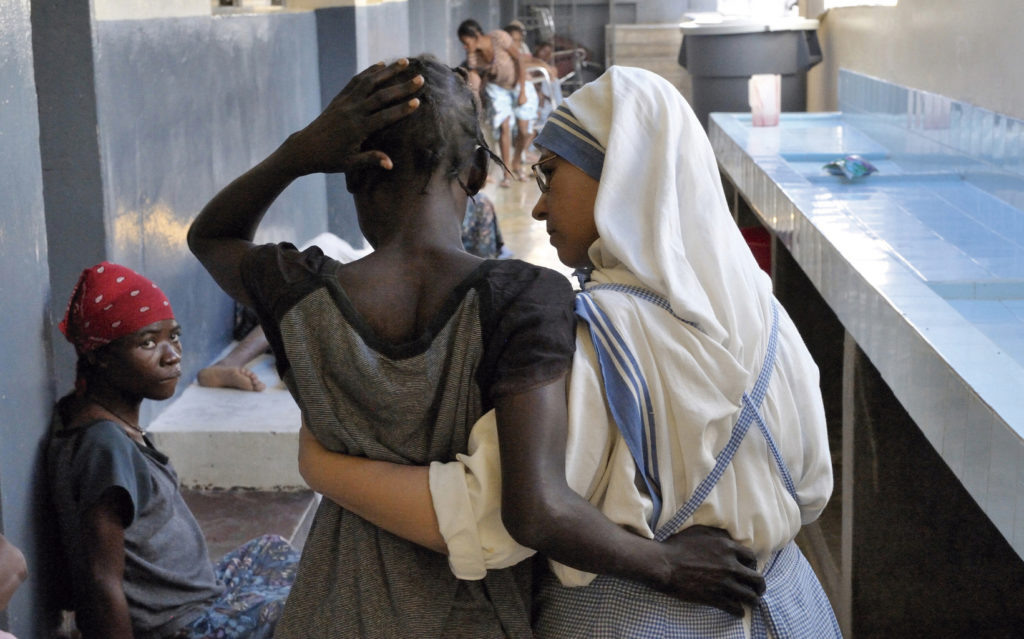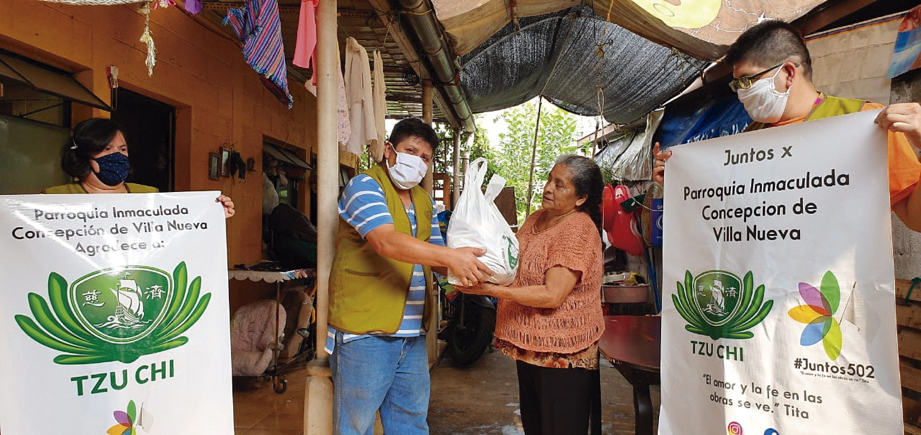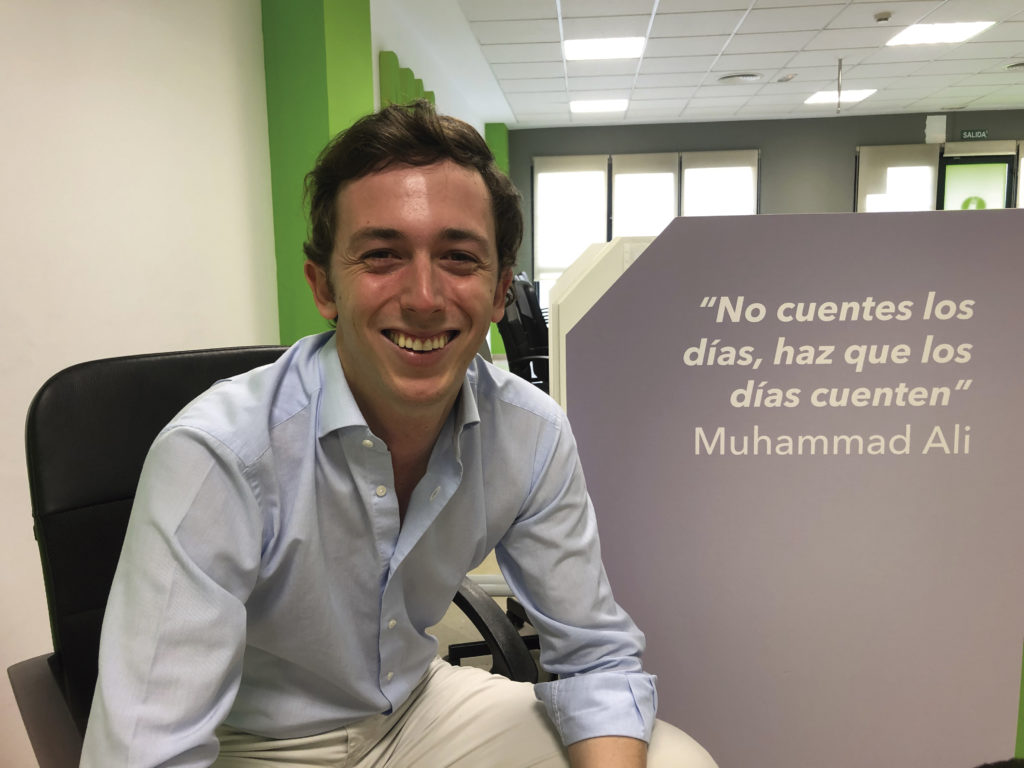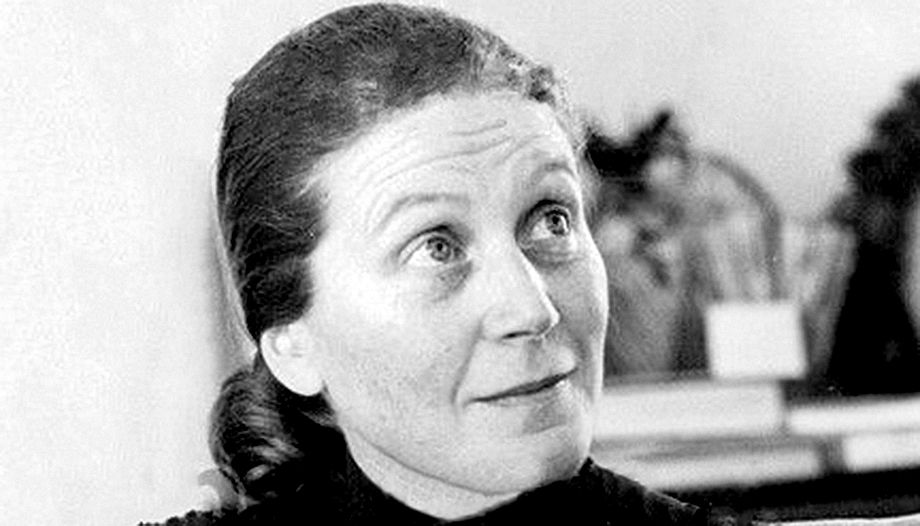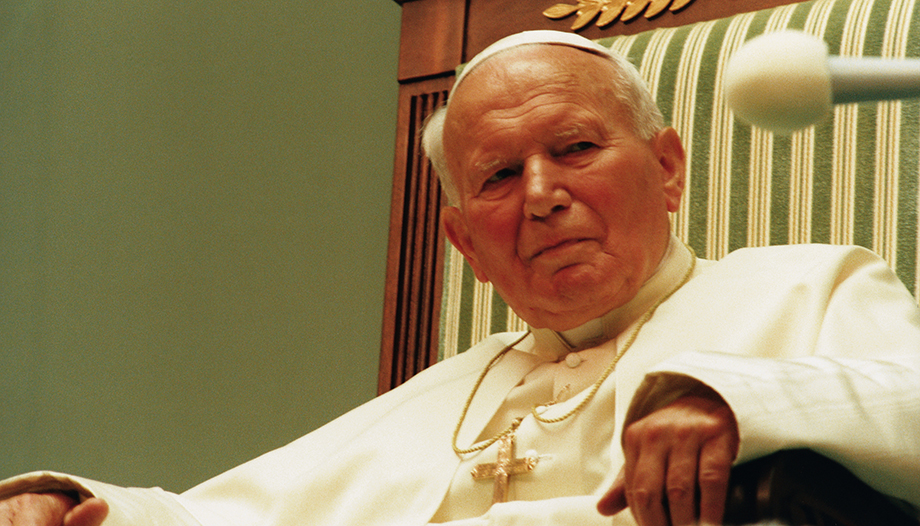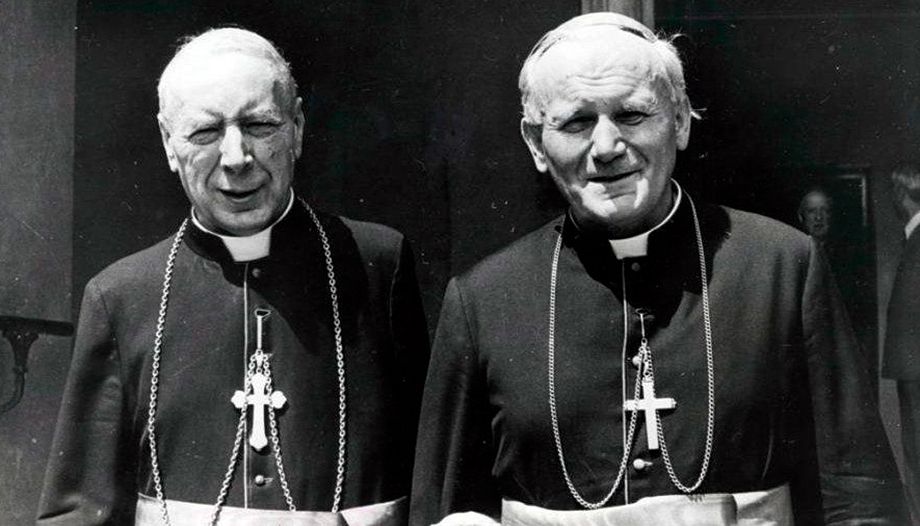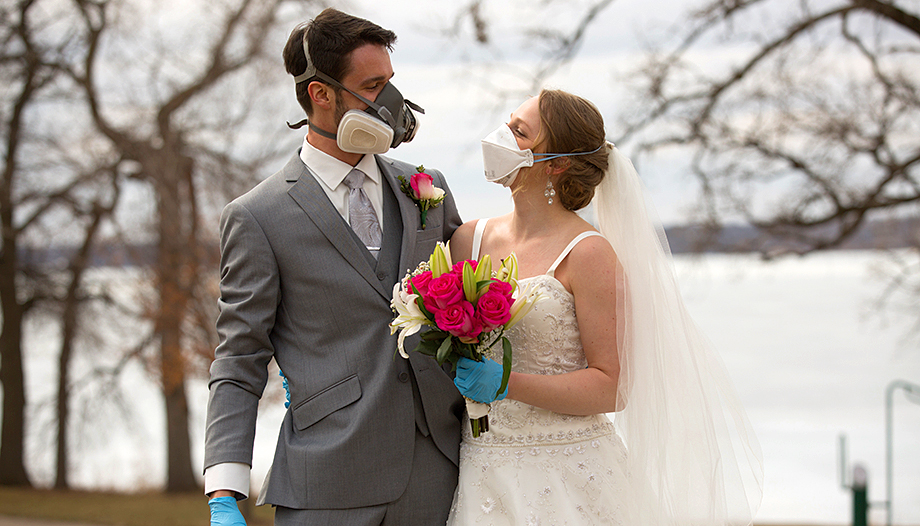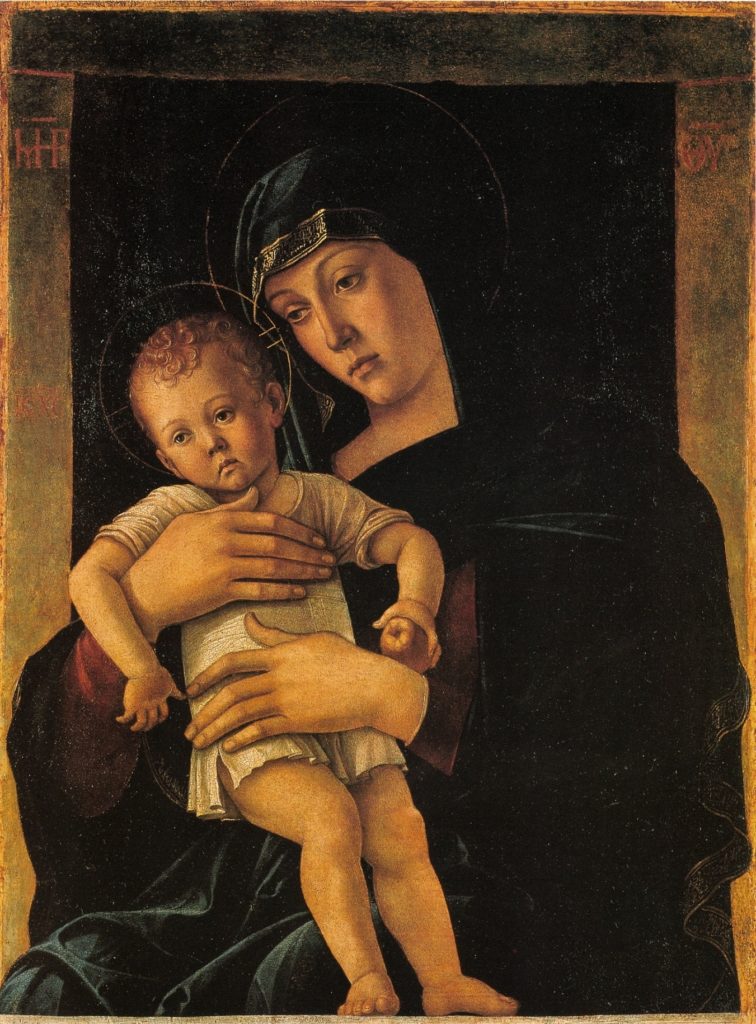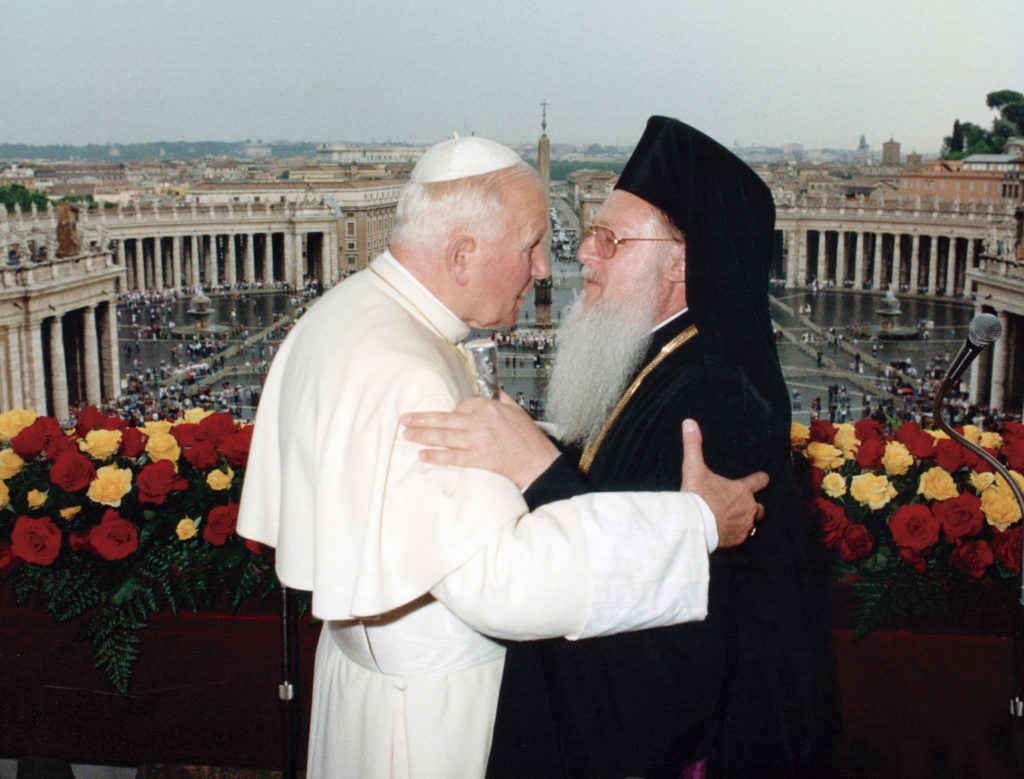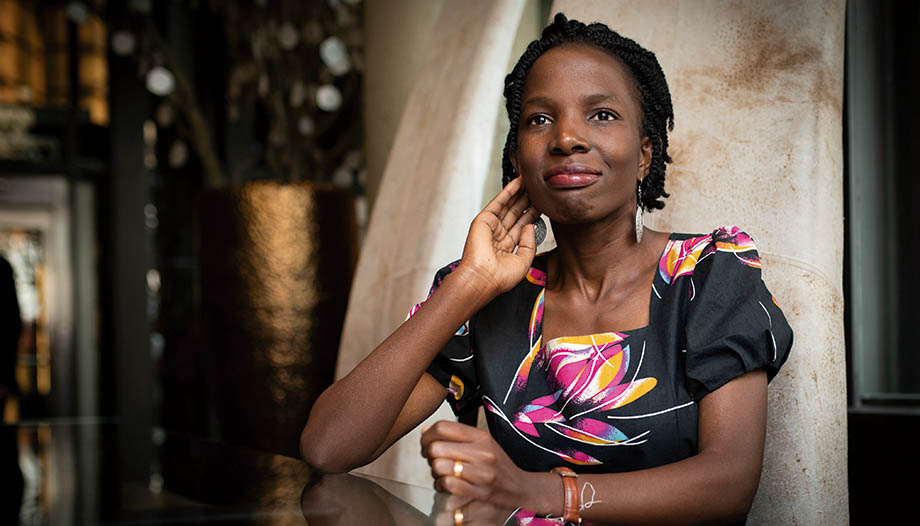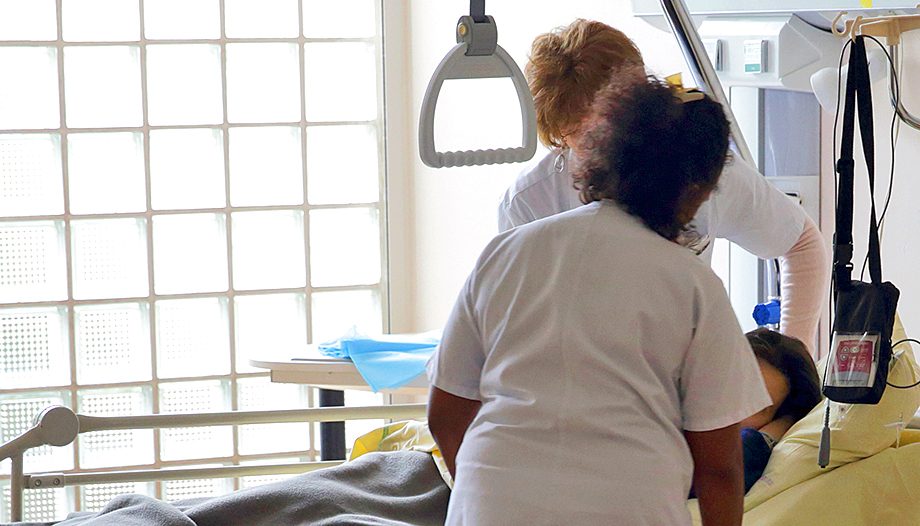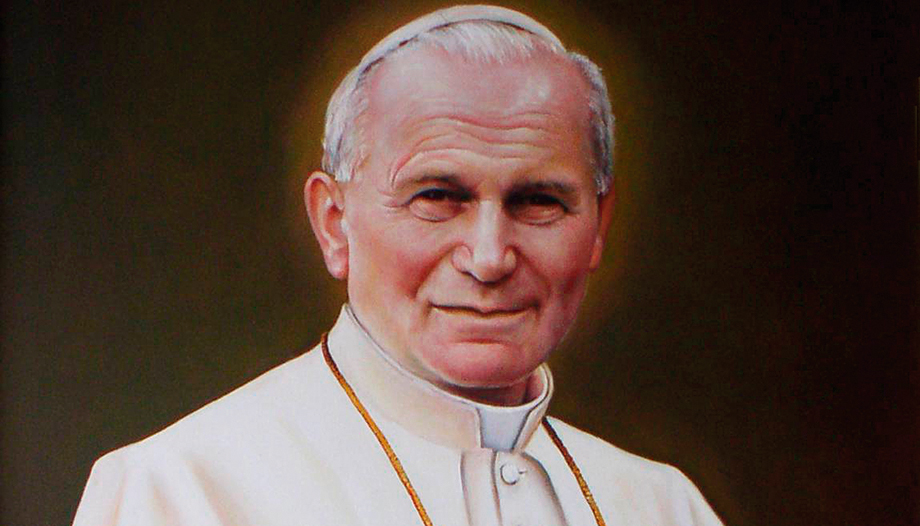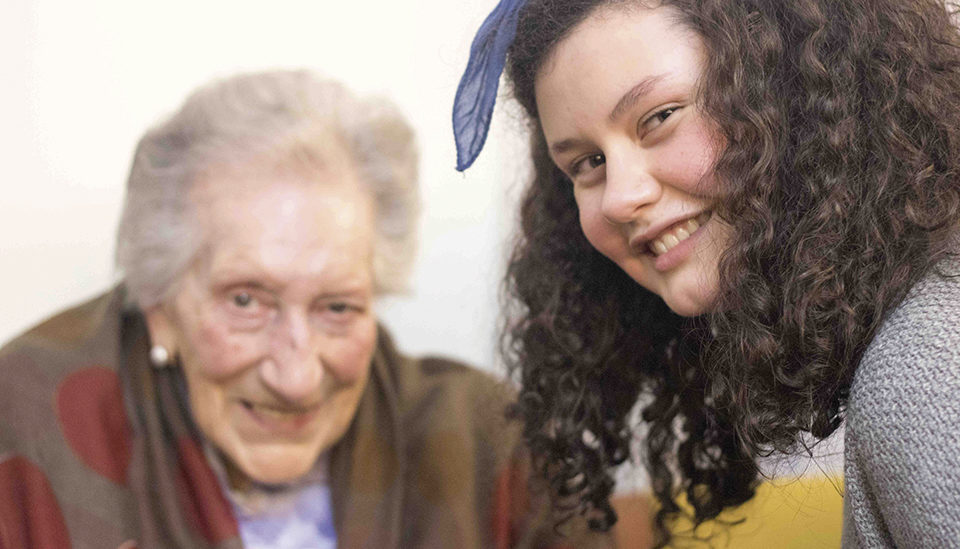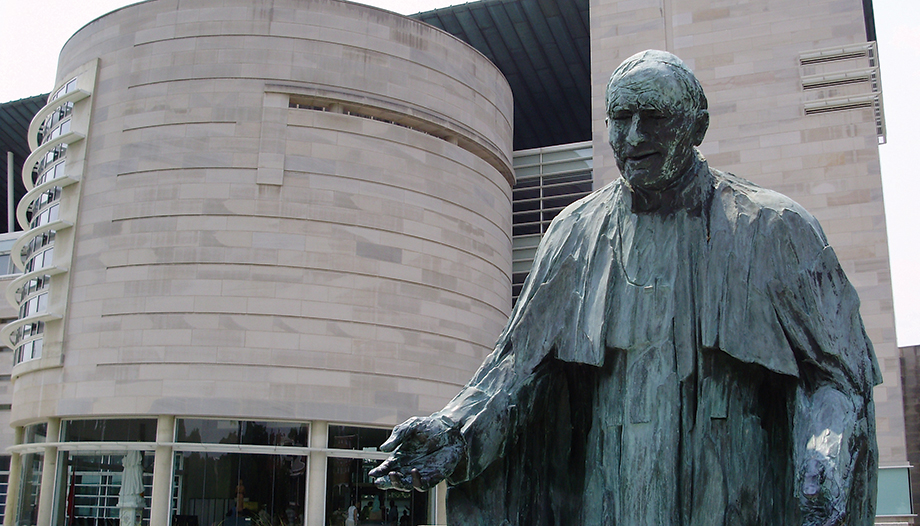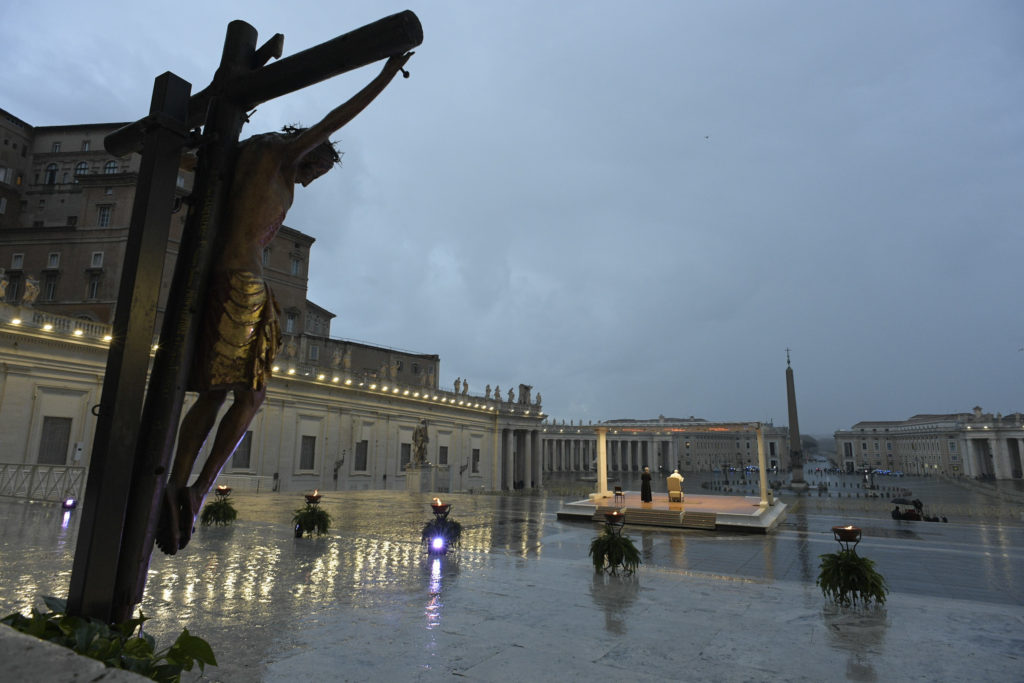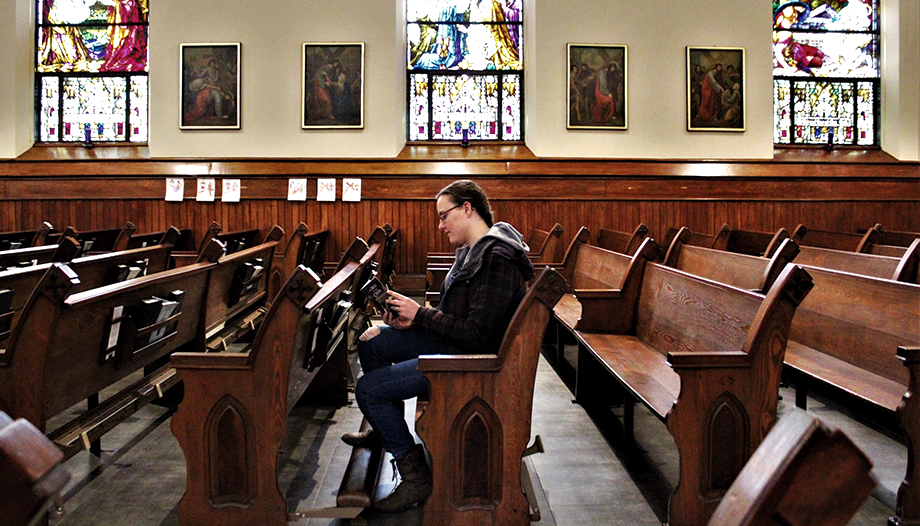The Episcopal Museum of Vic (Episcopal Museum of VicMEV) was founded in 1889 by Bishop Josep Morgades in the spirit of the pontificate of Leo XIII, to gather the testimonies of the past and, in the language of the time, to defend the truths of the faith and its cultural incarnation in Catalan lands. One hundred and thirty years later, and almost twenty years after the beginning of a new venture, fruit of the collaboration between the bishopric, the Generalitat of Catalonia and the city council of Vic, the Museum, adapted to the present times, continues to be under the presidency of the bishop of Vic a great tool to remember where we come from, to look beyond our daily horizons and to open ourselves to this new panorama that opens before us.
A concrete example of this is the line of exhibitions focused on the medieval world that the MEV has consolidated over the last fifteen years, derived from serious research, networking with similar institutions throughout the continent (such as the Network of Medieval Art Museums of Europe) and a tenacious task of communication, is based on its own collection, mainly composed of liturgical art objects and one of the most important of its kind in the world.
The most recent exhibition of this series, entitled North & South. Medieval Art of Norway and Catalonia 1100-1350was inaugurated on February 15 of this year and is the result of a joint project of the MEV and the Museum Catharijneconvent of Utrecht (The Netherlands), with the collaboration of relevant Norwegian museums such as those of Bergen, Oslo and Trondheim, among others. The exhibition brings together for the first time outstanding examples of medieval altar decoration from these two regions at the extremes of the European continent, with the purpose of conveying a message that goes beyond their beauty and scientific interest: the awareness of a deep European unity based on the sharing of Christian faith and culture.
The main theme of the exhibition revolves around a specific type of medieval heritage, that of altar furnishings, mostly made of wood, preserved in a very uneven manner. In the central regions of Latin-rite Europe, changes in fashion or destruction caused by wars or by the iconoclasm of certain Protestant confessions, such as Calvinism, led to the disappearance of a large proportion of this type of furniture. On the other hand, in both Norway and Catalonia, several factors favored the conservation of these goods: a certain geographical isolation (under the protection of the Fjords in the north, or the Pyrenees and the central regions of Catalonia in the south), post-medieval cultural and economic dynamics that did not always force the replacement of liturgical furniture, and religious trends that, although different (Lutheranism in Norway, Catholicism in Catalonia), did not determine their destruction. Finally, in both places, since the 19th century, museums have been in charge of collecting and protecting this heritage.
The exhibition shows us that the Christian altar in Latin-rite Europe was decorated in broadly the same way, with objects that must have been much more abundant throughout the continent than might appear today. One example reveals this immediately: of the 105 painted wooden anti-fires between 1100 and 1350 that are preserved in Europe, 55 are Catalan and 32 are Norwegian: more than 80 % of examples of this typology, then, are preserved in the medieval collections of Norway and Catalonia. It is true that if we refer to other types of liturgical furniture, such as crucifixes or images of the Virgin, the proportion of examples preserved in other central European countries is higher. Even so, the comparison between Catalan and Norwegian examples, separated by more than 3,000 kilometers, continues to provide unequivocal testimony of an essential reality: all these images embody the same artistic, cultural and spiritual horizon.
The reason why the same types of objects and iconographic themes existed throughout Europe must be sought first and foremost in the standardization of the liturgy. Throughout Western Europe, especially from the 13th century onwards, the same Latin Mass was celebrated, the same chants were sung, and the liturgical year followed the same course; the variations were mainly limited to the veneration of local or regional saints. The rituals were derived from the same theology, which was preached in all churches and taught in all schools and universities on the continent. A Norwegian traveler entering any Catalan church could follow without great difficulty the rite of the mass and recognize the objects and images that surrounded him; the same could be said of a Portuguese in Poland or an Englishman in Sicily. The abundance of artifacts preserved in Norway and Catalonia, the same artifacts that the clerics held in their hands and that the faithful contemplated with reverential awe, offers probably the best possible access to the experience of the Mass as it was between the 12th and 14th centuries.
The medieval ecclesiastical art preserved in these places of the continental periphery thus provides a singular vision of unity of the European legacy. A unity in diversity forged under the auspices of the Catholic Church and, ultimately, of the Christian faith, around the contemplation and celebration of the Incarnate Mystery. The abundant architectural remains preserved throughout the continent also bear witness to this, it is true, even if their analysis by national schools throughout the 19th century preferred to accentuate the differences, for example, between French radiant Gothic or English perpendicular Gothic. In any case, the fact that the 10 and 20 euro banknotes are decorated with the image, respectively, of a Romanesque portal and a Gothic window must also indicate a certain awareness of European unity manifested through religious art. If political compromises have sometimes made it difficult to admit Europe's Christian roots, the religious artistic heritage - and even more so the medieval altar furnishings shown in the exhibition, which managed to give the same appearance to perhaps different architectural interiors - continues to affirm them with as much serenity as forcefulness.
In addition to this specific message, however, there is another, more elementary one which, perhaps because of this, may go unnoticed, but which turns out to be absolutely fundamental. It is a fact that without a basic knowledge of the fundamental principles of Christianity (theology, liturgy, spirituality) the European historical-artistic heritage and the medieval past it represents are incomprehensible, especially in contemporary Western societies that are increasingly disconnected from their Christian roots. The exhibition North & South. Medieval Art of Norway and Catalonia 1100-1350 has provided in Vic a key to a deep reading of the abundant heritage that the museum preserves. And when the exhibition took place in Utrecht (October 2019-January 2020), on the other hand, it served to make known in this central European city all that which disappeared but which manifested the same Christian roots and which allows to complete the understanding of what still survives, as if it were the missing piece of a puzzle.
For all these reasons it was a great satisfaction to be able to inaugurate this exhibition in Vic after years of work. And for the same reasons it was especially painful to have to close it to the public just one month later, on March 13, when the current health crisis broke out. In response, the Museum team has intensified the presence of the exhibition on the web -a route already initiated previously- through the uploading of numerous contents in our blog (https://museuepiscopalvic.com/blog125), as well as through various other actions on social networks or participation in events reformulated in digital version, such as the International Museum Day.
However, aware that none of these resources can replace a visit in person, the exhibition has been extended until September 15, thanks to the generosity of the lending museums, with the plan to reopen the doors to the public in the near future and thus offer the possibility of visiting the exhibition during the summer. The MEV will thus have the satisfaction of sharing a project with which it intends to continue to advance the dissemination of this common European medieval heritage and, with it, of its message of unity in diversity rooted in the values of the Gospel.
Director of the Episcopal Museum of Vic.





